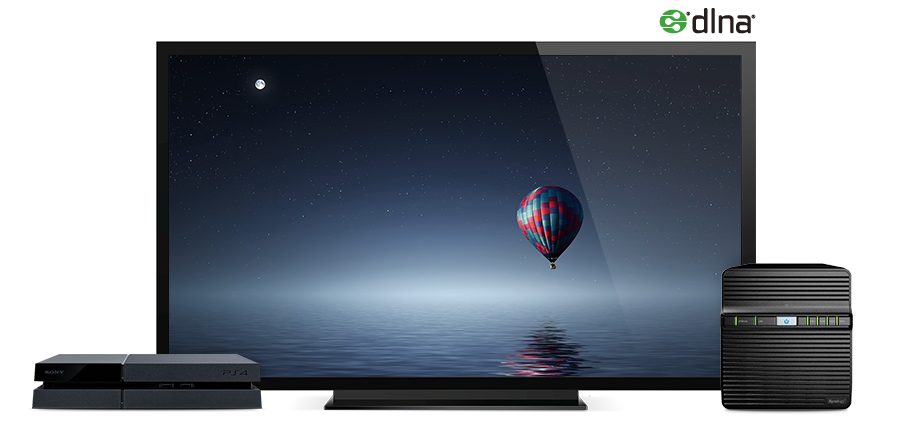

Pay attention to the following items, especially for those hosts with multiple NICs. folders=/mnt/media/tv, /mnt/media/movies, /mnt/media/music

At the very least you will want to add the location of the media to share. (Thanks Wolfgang Hochweller) cp /opt/ums/UMS.conf /etc/Ĭonfiguration is done to the /etc/UMS.conf file. You should also copy in the WEB.conf file as well to handle web streams if you use that functionality. It has all the configurable options and is probably more than most will need. Now add execute permissions to the script and add the UMS script to update-rc.d chmod +x /etc/init.d/umsĪ sample conf file that you could use is at /opt/ums/UMS.conf and could be copied into /etc/UMS.conf and edited to fit your needs. # Depend on lsb-base (>= 3.0-6) to ensure that this file is present.Įcho >&2 -e ""$txtylw"Warning:$txtrst $1" # Load the VERBOSE setting and other rcS variables # let the program to die gracefully and 'restart' will not work # If this value is set too low you might not UMS_START=1 # Wether to start or not UMS ver at boot time.ĭODTIME=30 # Time to wait for the server to die, in seconds. PATH=/usr/local/sbin:/usr/local/bin:/sbin:/bin:/usr/sbin:/usr/bin # Description: Java Upnp Media Server dedicated to PS3 # Required-Stop: $local_fs $remote_fs $network # Required-Start: $local_fs $remote_fs $network nano /etc/init.d/umsĬopy the following into the new file: #!/bin/bash Next we need to create the init.d script to auto start the app when the server boots, as well as have better control over the service. Note that for 6.8.0, I had to download the file with a browser and scp it over to the media host because of 301 redirects on the download pages. I create a softlink using /opt/ums so that when we need to upgrade, we can just point the softlink to the new directory while not touching the config files that we will be using in /etc/ later on. After the download is complete, unpack the file with tar. You can check the UMS webpage to find the latest version. Then we download the latest UMS package from sourceforge.

I’m going to use the /opt directory for the install. With Java installed, we now need to add some other pre-reqs: apt-get install mediainfo dcraw vlc-nox mplayer mencoder apt-get install software-properties-commonĪpt-get install openjdk-8-jre openjdk-8-jre-headless So, working with any Ubuntu 14.04 or 16.04 server, here is my step by step to get UMS installed and working.įirst you must have Java 8 JRE installed on the server. It is easy to install and, at least for now, streams and transcodes every media file I have to support playback on any device including the PS3, PS4, and the sony SMP-N200 I use on other TVs. And although the PS3MediaServer was a great solution, it did have some shortcomings, especially with certain file formats or file containers. Universal Media Server is a fork off the very useful PS3 and PS4 Media Server.


 0 kommentar(er)
0 kommentar(er)
